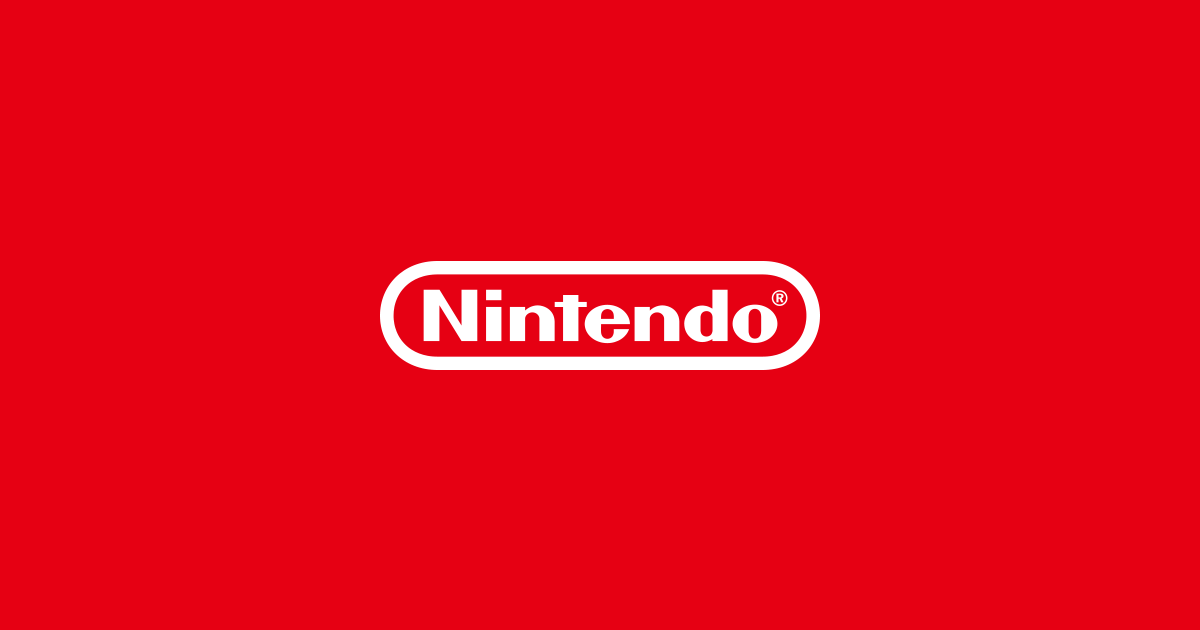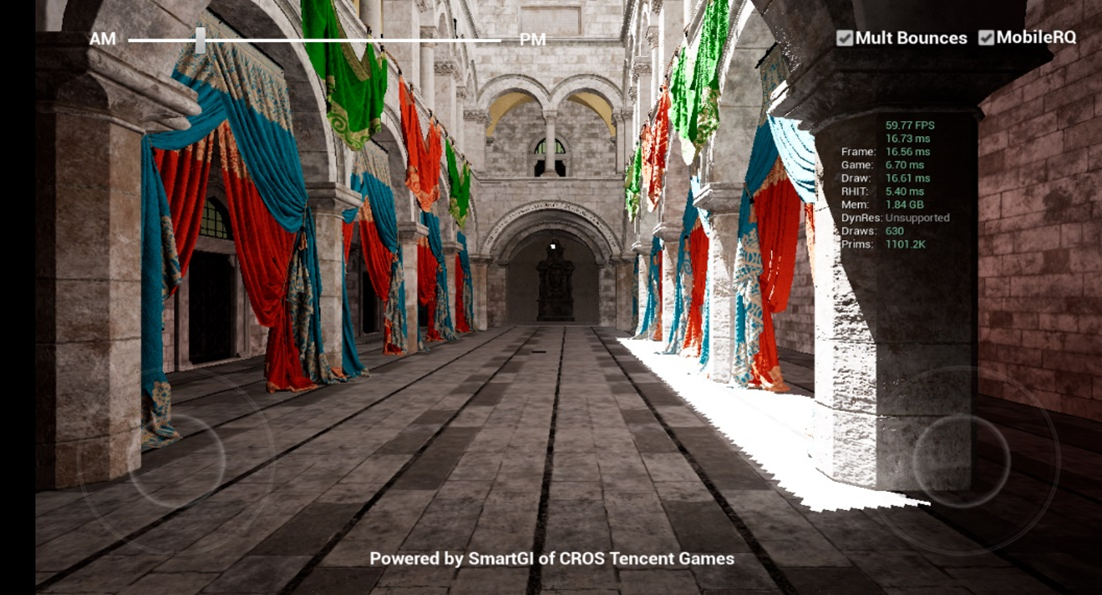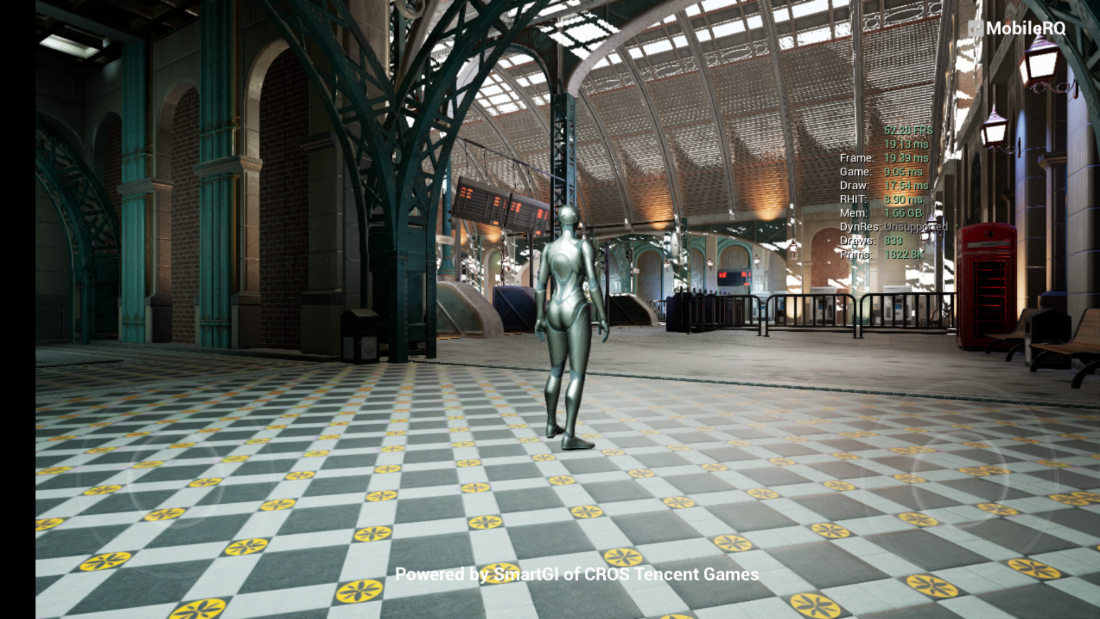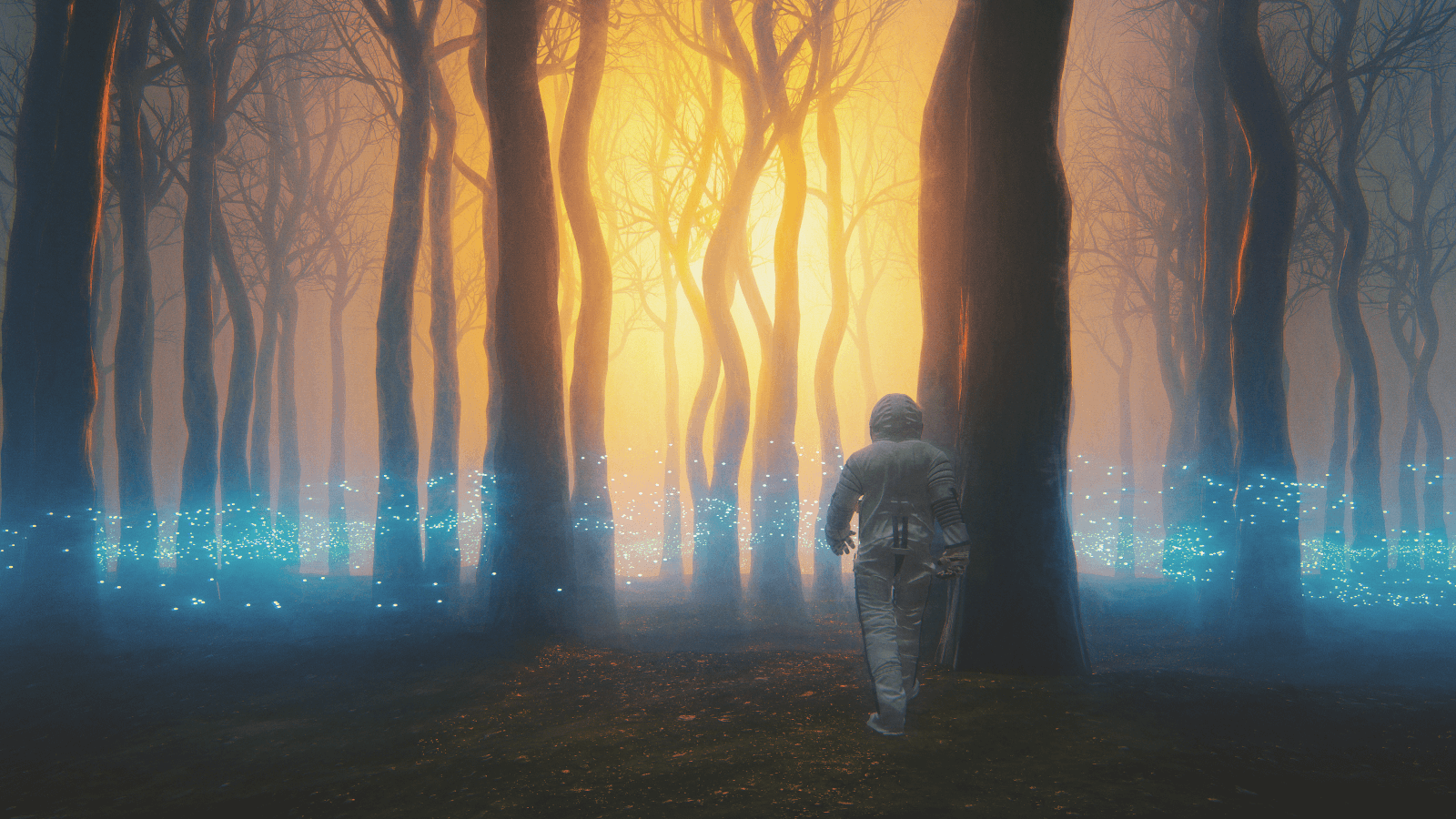@NintendoPrime @oldpuck @Alovon11 @Dakhil @LiC @Thraktor @ReddDreadtheLead (just naming people who can check my work here, I got 3 hours of sleep and am powering through work on my second cup of coffee right now)
I recommend scrolling to the bottom and reading the TL;DR: first. It should give the immediate answers, if there is more questions about other aspects of the hardware, or if my explanation is long winded/not clear, please @me.
In order to understand the upgrade "Switch 2" offers, we first need to look at Switch specs:
CPU-
TX1 ARM, 4 A57 cores @1GHz (one core reserved for the OS)
T239 ARM, 8*A78C cores ~1GHz-2GHz (one core reserved for the OS)
Upgraded result to CPU:
A78 is 3 times faster than A57 cores per clock, giving between a 7 times and 14 times performance jump, A78 cores are also faster than Ryzen 2 cores used in PS5/XBS, and a 2GHz clock would result in somewhere above 50% of the CPU resources found in PS5/XBS, and far beyond last gen consoles.
When compared to Steam Deck, Steam Deck has 4 cores and 8 threads, while Drake has 8 cores/threads, if Drake is clocked at 2GHz, it would offer a similar CPU resource to Steam Deck, although Steam Deck's CPUs clock to 3.5GHz, because pairs of threads share resources between each core, the overall performance drops here, with somewhere in the neighborhood of 70-80% of having 8 cores at that clock, Drake's 2GHz cores would offer ~70% of 8 cores at 3.5GHz so while Steam Deck has more CPU resources, it shouldn't be by very much.
RAM-
TX1 4GB 64bit LPDDR4/LPDDR4X ~20GB/s in handheld mode, 25.6GB/s docked (~800MB reserved for os iirc)
T239 8GB to 16GB 128bit LPDDR5(x?) over 60GB/s in handheld mode, up to 102GB/s (137GB/s if lpddr5x).
Upgraded result to the RAM:
3.2GB RAM @20-25GB/s vs 7-15GB RAM @60-102GB/s, we are talking about 3 to 4 times the capacity and speed of Switch, 12GB is probably the most realistic capacity.
102GB/s would be around PS4's 176GB/s RAM speed when architecture advantage is taken into account, as these architectures are far more bandwidth efficient. This should allow for third parties to bring their games forward onto the platform without much problem, bandwidth is less an issue of direct comparison with other devices, and more about individual system's available bandwidth, this is about preventing bottlenecks, rather than increasing performance, so hard to say how this compares to current gen consoles, Steam Deck for instance has 88GB/s of memory bandwidth, but it's a good balance for that system.
Storage-
While storage is unknown, what we do know is the range of storage that could be used:
First, Switch's internal storage is 100MB/s, it uses EMMC.
When compared to Drake, EMMC actually has a speed of 400MB/s, so if it uses this type of memory, expect a 4 times increase in read speeds.
UFS is also a type of storage that could be used, here the minimum speed is twice as fast, and could easily match XBS internal storage if needed.
Load times-
This is a reflection of above's specs, it also would have something to do with the decompression block found in Drake, but lets just go over minimum gains, as that is where we should discuss this, and we will also only be talking about Switch gen 1 titles, because next gen titles we have no real idea about.
If you run across a Switch game (not in the cloud) that takes 30 seconds to load, Drake should load that same data in 7 seconds or less. Most Switch games load in about half that time, so here we are talking about ~3 seconds on Drake. It could be faster if it does use UFS, and there will always be rare hiccups where games just take longer to load, but the direct comparison here is over 4 times faster than Switch.
GPU-
TX1 256 Maxwell cuda cores @ 460MHz and 768MHz for 235GFLOPs and 393GFLOPs
T239 1536 Ampere cuda cores @ 660MHz* and 1125MHz* for 2TFLOPs and 3.456TFLOPs, 48 Tensor cores, 12 RT cores
TX1 Maxwell is a 2015 design that is the 3rd iteration of Maxwell, much closer to Pascal architecture, borrowing most noteably 16fp at 2:1 cuda cores, or twice the flops at half the precision.
Ampere is over half a decade newer, it has mesh shaders, VRS, and a slew of other GPU features, that increase raw speed beyond what paper math can tell you, I'll discuss DLSS a little later, because it's much clearer to see what it offers if we separate it from the other GPU features.
Drake's GPU is 6 times bigger than Switch's, in handheld mode given these speculative (possibly real) clocks, it would out perform PS4 before DLSS is used, again even beyond just having more raw performance over the PS4, it also has those GPU features that the 2011 GPU architecture found in PS4, is lacking. VRS is said to offer a 20% increase in performance, and mesh/geometry shaders, can offer 25% increase in performance as well, just these do features combined can add 50% performance increase to the same architecture per flop. Comparing GCN to Ampere is much less precise, but we can look at the raw performance here and conclude that Drake > PS4.
When compared to Steam Deck's RDNA GPU, it has these features and while the GPU is generally clocked lower for 1.3TFLOPs, it can reach 1.6TFLOPs, and it does have these features, as well as a flop advantage over Ampere in PCs, however in a closed environment, Ampere should pick up ground, I'd put 1.6TFLOPs Steam Deck around the same as a 660MHz clocked (2TFLOPs) Drake GPU, before DLSS is applied. Once DLSS is applied, it can add 50% to 100% performance increase, and if Drake is capable of frame generation, it could further expand this lead, basically a PS4 Pro to XB1X in your hands at the very best, however it's best to just think of it as a Steam Deck with DLSS on top. (Steam Deck is also a poor FSR2 system, so it really can't offer it's own competitive upscaling tech).
When docked, Drake at 1.125GHz offers 3.456TFLOPs, this should be similar to XBSS' 4TFLOPs. DLSS should help it match whatever XBSS can do with FSR2, and if it comes with 12GB or more RAM, it might actually have less of a RAM issue than XBSS, even though the RAM is half as fast, because RAM speed is more about bottlenecks as I discussed above.
*Possible clocks for GPU found in Nvidia Hack from last year-
LiC from Famiboards discovered a DLSS test inside the hacked NVN API using an Ampere GPU sometime after July 2021 and before February 2022, inside of this test, it shows 3 clocks, with names related to power consumptions:
660MHz called 4.2watts 1.125GHz called 9.3watts and 1.38GHz called 12watts.
This can't be 8nm Ampere, because no Ampere GPU can hit those clocks at those power consumptions. It also can't natively be running on real Drake hardware, because Drake hardware didn't exist yet, and because this is running natively in Windows, and Drake is an ARM SoC... However it could be running a simulation of Drake's GPU in isolation, as virtually in this time frame, Drake existed, and became an engineering sample (real hardware) just 2 months after this hack.
The power consumptions, and just the size of the SoC itself, lends credit to the idea that Drake is 5nm or better, from either Samsung or TSMC, the vendor and process node don't mean much, they just give us a range for clocks, however if this test revealed the clocks, the process node/vendor where the chip is produced no longer matters.
The TL;DR
Drake's CPU is somewhere around Steam Decks, slower, but in the ballpark. (more cores, same threads, less clock) ~85% of SD?
Drake's GPU in handheld should offer similar, but better performance over Steam Deck, ~130-200%
Drake's GPU in docked should match or exceed XBSS, thanks to DLSS being superior to FSR2. ~80-100%
Drake's RAM is 3 to 4 times the capacity and speed of Switch's, and should fit well with current gen consoles.
Drake's Storage is at least 4 times faster than Switch's and load times should shrink in Switch gen 1 games by over 4 times.







